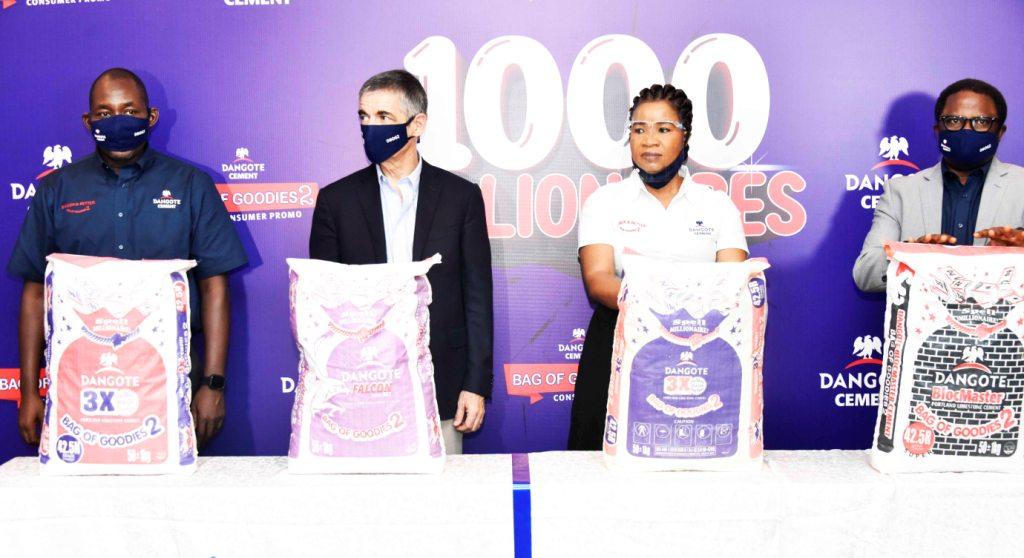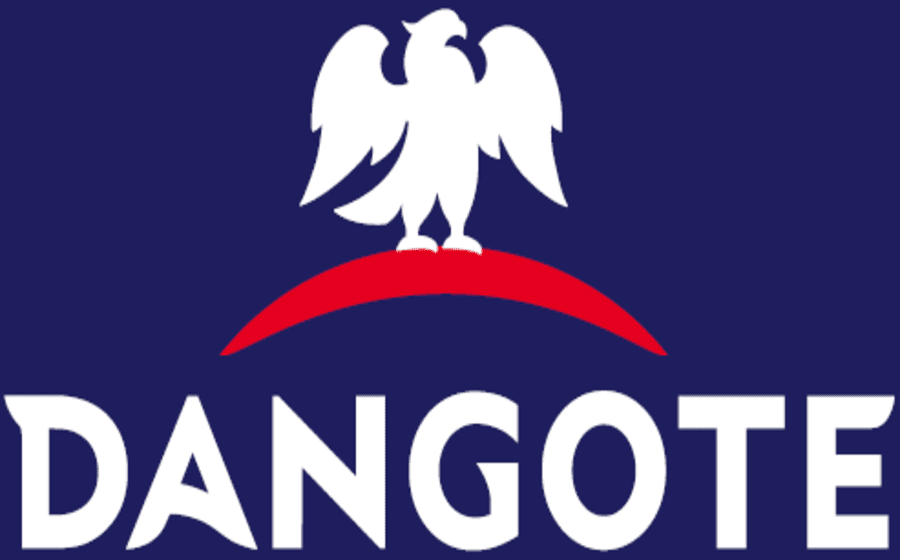The published Q4-18 and 2018FY results of Unilever Plc has indicated decline in its net profit by 26.8% y/y in Q4.
The results showed that net profit was weighed by a surge in input costs, which significantly outpaced tame revenue growth, and higher operating expenses. The board has proposed a final dividend of NGN1.50/s, which equates to a yield of 3.85% on Friday’s closing price.
Q4-18 revenue grew by 3.5% y/y, missing our 17.3% growth estimate. Compared to Q3-18, revenue declined by a massive 14.8%, similar to its Q4-17 performance.
Similar to its peers in the FMCG space, quarterly revenue growth has slowed and has begun to trend downwards – +5% in Q2; -1.9% in Q3; and -14.8% in Q4 – amidst still-weak consumer purchasing power.
On product segments, the fast moving consumer goods (FMCG) giant’s q/q revenue decline was weighed by both the Food products (-2% y/y) and HPC (-7%) segments, where volume declined by 15% apiece on a q/q basis, extending the 1% q/q (+5% y/y) and 3% q/q (-3% y/y) declines from Q3-18.
But on a positive note, the HPC segment, which has historically been the group’s flagship, slightly lagged the Food segment in terms of contribution to total revenue in Q4-18, accounting for 49.8% (lowest since Q4-16).
In Q4-18, COGS grew at faster rate of 17.3% y/y, consequently producing gross profit decline of 22.3% y/y. Gross margin (26.1%) during the period came in below our estimates of 33.8%, 865 bps lower y/y and lowest since Q3-16. Production costs, and consequently gross margin were likely pressured by (1) the rising price of petroleum products (Crude oil price: +11.7% y/y), which form key inputs in Unilever’s production process, and (2) increased raw material clearing costs due to challenges at the Apapa port. Other statistics showed that OPEX surged 33.8% y/y in Q4-18, with the ratio-to-revenue coming in at 22.1%.
The full year result shows a 330% surge in IT costs (8% of total OPEX), which is not clear at this stage, what period of the year it was incurred. Staff costs (51% of total OPEX), with no breakdown yet, also increased by 32%. This offset 46.7% increase in other income, and resulted in EBITDA declining by 73.0% y/y.
However, total borrowings reduced to NGN4.18 million, from NGN674.3 million in 2017FY, and NGN20.92 billion in 2016FY leading to a 14.7% y/y decline in finance costs. Cash remained strong at NGN57.14 billion, delivering interest income of NGN1.57 billion (58% via bank deposits) significantly exceeding the NGN861 million we estimated for the quarter.
Compared to Q3-18, PAT was down 0.8%, driven by much lower revenue (-14.8%), weaker gross margin (-508 bps), and higher finance costs (+213.9%). Effective tax rate in the quarter was 13.6%, down from 40.9% and 25.5% respectively in Q3 and Q2, as a result of a NGN457 million deferred tax credit.
In general, industry pundits say the company’s Q4 PAT is below our expectation (at -40% variance), and is unimpressive, in our view.
However, for the full year, PAT is above 2017FY (+29.2%). Despite the weakness in Q4, we expect focus to be on the positive full year earnings and higher dividend (+200%), hence, market watchers do not foresee a negative reaction.









